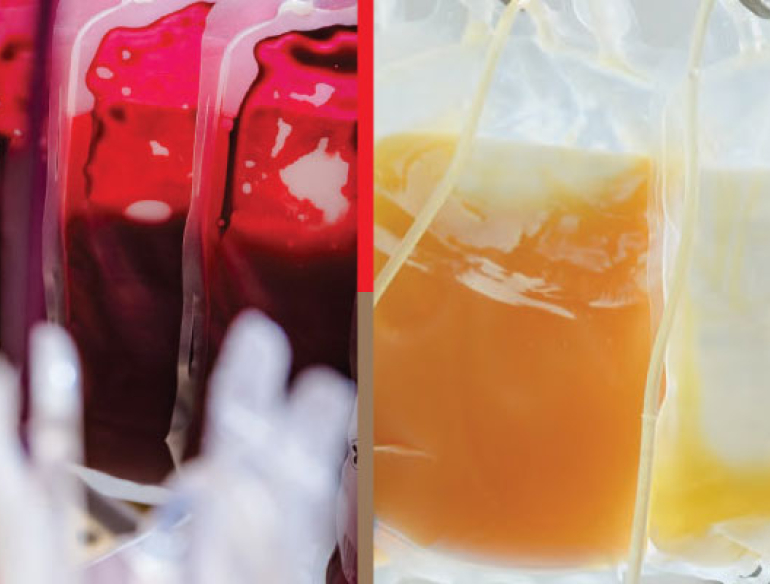- Over the ten-year period 2012–2021, there were over 13.8 million blood donations in Australia with an average of 1.4 million donations per year.
- In 2021, a total of 195 blood donors were detected as positive for a TTI for which testing is in place, namely, hepatitis B virus (HBV), hepatitis C virus (HCV), human immunodeficiency virus (HIV), human T cell lymphotropic virus (HTLV), or active syphilis.
- Consistent with the long-term pattern, the most common TTI was HBV, followed by HCV. Of all the donations positive for a TTI in 2021, 83.2% were positive for either HBV or HCV.
- Overall HIV was the least common TTI among all donors in 2021, with just two donors testing positive.
- Although representing only 18% of the donor population, first time blood donors contributed to 79% of TTIs in Australia in 2021. This proportion has remained relatively stable since 2012 (67%–79%).
- No transfusion transmitted HBV, HCV, HIV, HTLV or syphilis infections were reported in Australia in 2021.
- Consistent with previous years, in 2021, the prevalence of TTIs was substantially lower among first time blood donors (5 to 109 times) compared with national prevalence estimates for 2021.
This report is jointly produced by the Australian Red Cross Lifeblood and the Kirby Institute via the Surveillance Evaluation and Research Program, which is responsible for monitoring the pattern of transmission of HIV, viral hepatitis, and specific sexually transmissible infections in Australia. This report summarises donation testing data, and incidence and prevalence trends for transfusion transmissible infections (TTIs) among Australian blood donors. While it is an important Lifeblood resource, it is also intended to be a reference document for organisations and individuals interested in the occurrence of transfusion transmissible infections in Australia and the effectiveness of Lifeblood’s infectious disease blood safety strategy. The data in the report is current at the time of publication and all efforts have been undertaken to confirm its accuracy, however subsequent data updates may occur and users must consider this.

